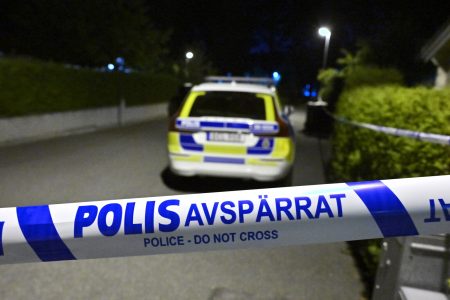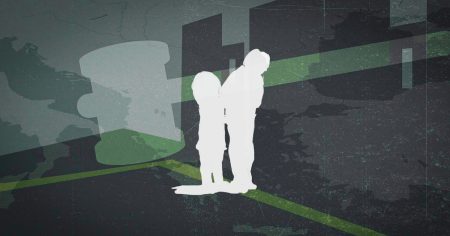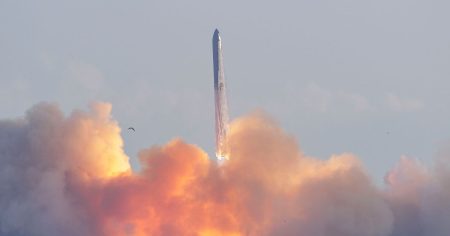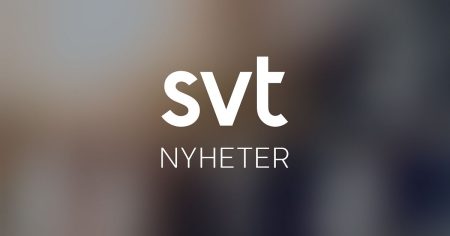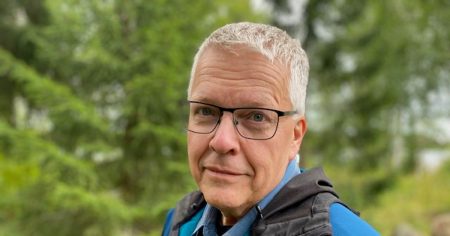The recent deployment of the Lebanese Armed Forces (LAF) in southern Lebanon signifies a pivotal moment in the ongoing efforts to stabilize the volatile border region with Israel. This deployment, facilitated by a ceasefire agreement brokered after an intense period of conflict, marks the culmination of a strategic shift away from Israeli military presence in the area. General Erik Kurilla, Commander of the United States Central Command (CENTCOM), oversaw the implementation of this crucial phase, underscoring the international community’s commitment to ensuring a peaceful transition. This carefully orchestrated handover represents a significant step towards establishing a more sustainable security arrangement and potentially mitigating future clashes between Israel and Hezbollah. The involvement of the LAF in this buffer zone is intended to bolster Lebanon’s sovereignty and reinforce its authority along its southern border.
The ceasefire agreement, designed to de-escalate tensions and pave the way for a more permanent resolution, outlines a 60-day transition period during which Israeli forces are to withdraw completely from southern Lebanon. Concurrently, Hezbollah, the Iran-backed Shia militant group, is expected to relocate its forces northwards, away from the border region. This reciprocal withdrawal aims to create a demilitarized zone, effectively separating the two opposing forces and lessening the risk of direct confrontation. The United Nations Interim Force in Lebanon (UNIFIL), already operating in the area, will be responsible for maintaining peace and security within this buffer zone, collaborating with the LAF to ensure stability. The presence of UNIFIL alongside the LAF is intended to provide an additional layer of security and reassurance to both sides, while also contributing to the establishment of a more robust and lasting peace.
This arrangement, however, faces significant challenges. The LAF, despite its role as Lebanon’s national army, suffers from relative weakness in terms of equipment, training, and resources. Its ability to effectively control the border area and prevent incursions by Hezbollah or other militant groups remains a significant concern. Moreover, the delicate balance of power in the region, heavily influenced by regional players such as Iran and other non-state actors, adds further complexity to the situation. UNIFIL’s mandate and capacity to enforce the ceasefire agreement, especially in the context of a potentially volatile environment, will also be rigorously tested. The success of the deployment hinges on the ability of the LAF and UNIFIL to establish a credible and effective security presence, preventing any further escalation of hostilities.
Despite the optimism surrounding the ceasefire agreement and the deployment of the LAF, the inherent fragility of the situation is underscored by the ongoing mutual accusations of violations. Since the ceasefire came into effect in November, both Israel and Hezbollah have pointed fingers at each other, claiming breaches of the agreement. These allegations highlight the deep-seated mistrust between the two sides and the potential for even minor incidents to quickly escalate into renewed conflict. The persistent tension and the potential for miscalculation or provocation emphasize the need for continuous monitoring and mediation by international actors to prevent the situation from deteriorating. The delicate equilibrium achieved through the ceasefire remains precarious and demands constant vigilance.
The successful implementation of the ceasefire agreement and the long-term stability of the region heavily depend on several critical factors. Firstly, the LAF’s capacity-building is paramount. Strengthening the Lebanese army’s capabilities, through training, equipping, and logistical support, is crucial for ensuring its effectiveness in controlling the border area and preventing further security breaches. International assistance in this regard will be essential. Secondly, continued and unwavering commitment from both Israel and Hezbollah to adhere to the terms of the ceasefire is non-negotiable. This requires clear communication channels and mechanisms for addressing alleged violations, preventing misunderstandings and fostering a climate of de-escalation. Thirdly, the role of UNIFIL as a neutral arbiter and peacekeeping force is vital. Its ability to monitor the situation, investigate alleged violations, and maintain communication with both sides is crucial for building trust and preventing further escalations.
The withdrawal of Israeli forces and the deployment of the LAF, while representing a significant step towards de-escalation, mark only the beginning of a long and challenging process. The enduring success of this endeavor will require sustained commitment from all parties involved, including regional and international stakeholders. The ongoing mutual accusations of ceasefire violations underscore the fragility of the situation and the potential for renewed conflict. Addressing the underlying causes of tension, strengthening the LAF’s capabilities, and ensuring the continued support of UNIFIL are essential for building a lasting peace in this volatile region. The future stability of Southern Lebanon remains uncertain and hinges on the ability of all actors to navigate the complex political landscape and prioritize peaceful coexistence.






